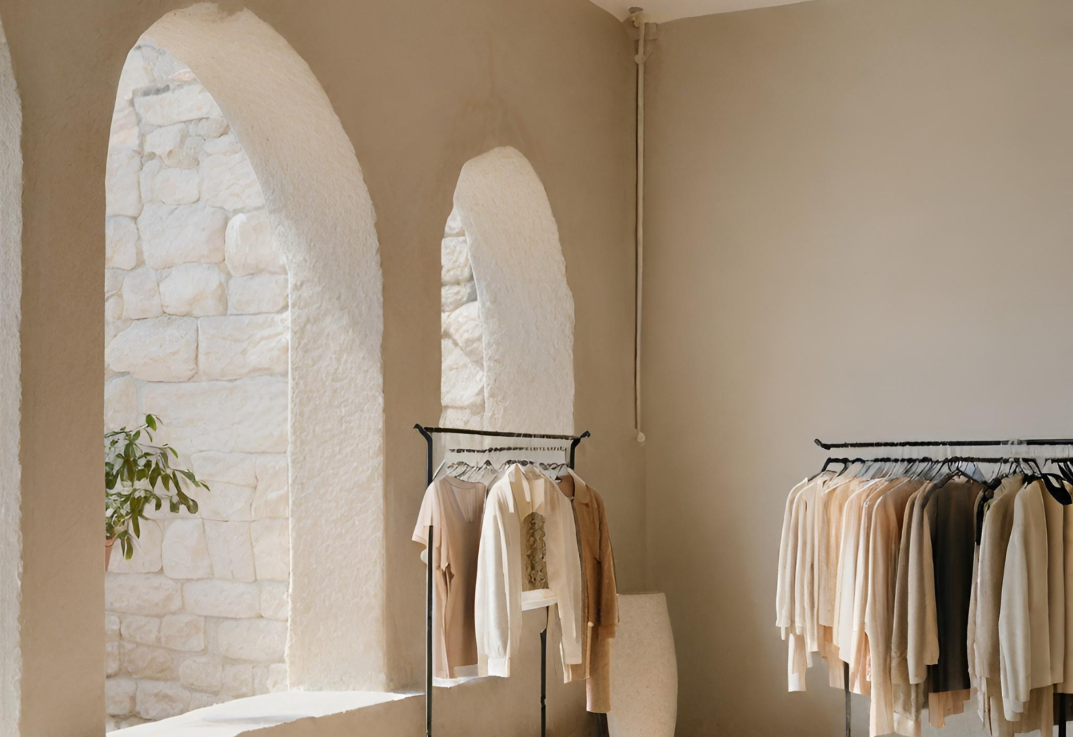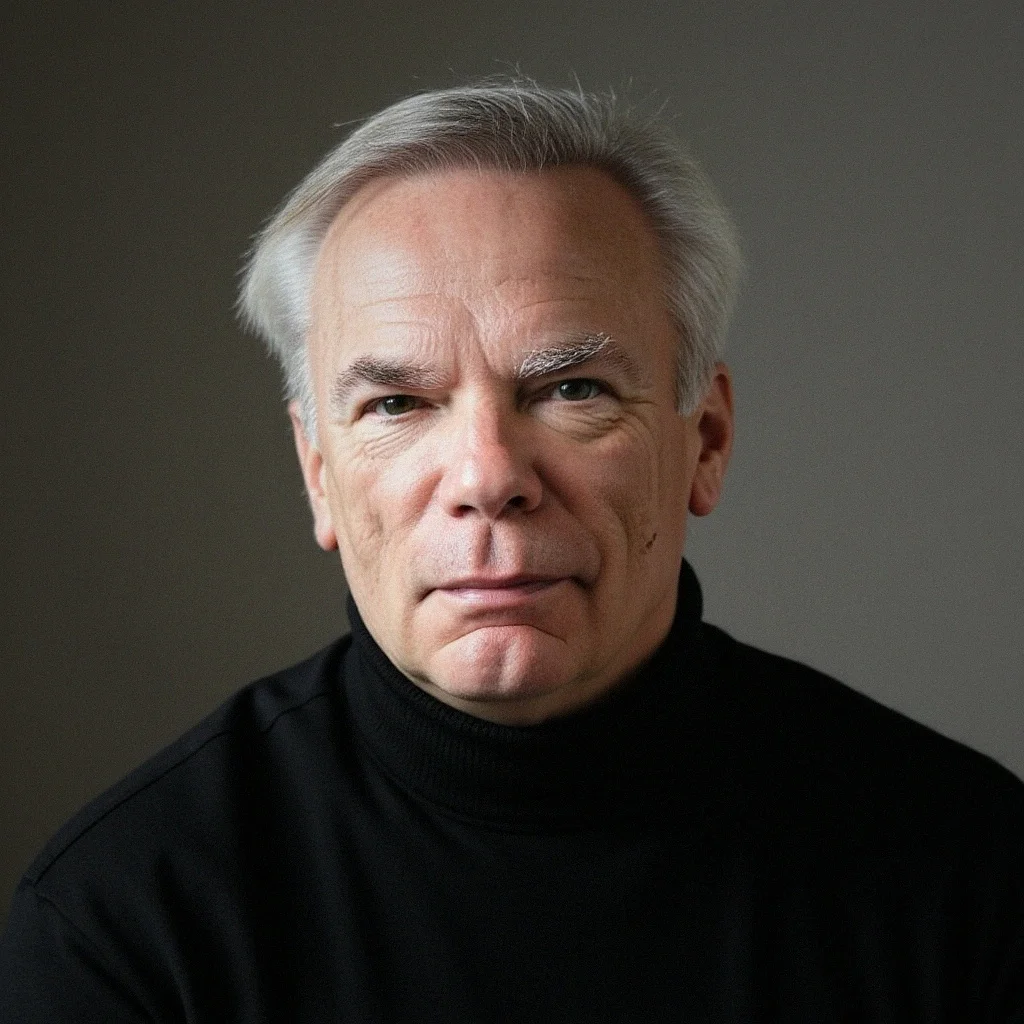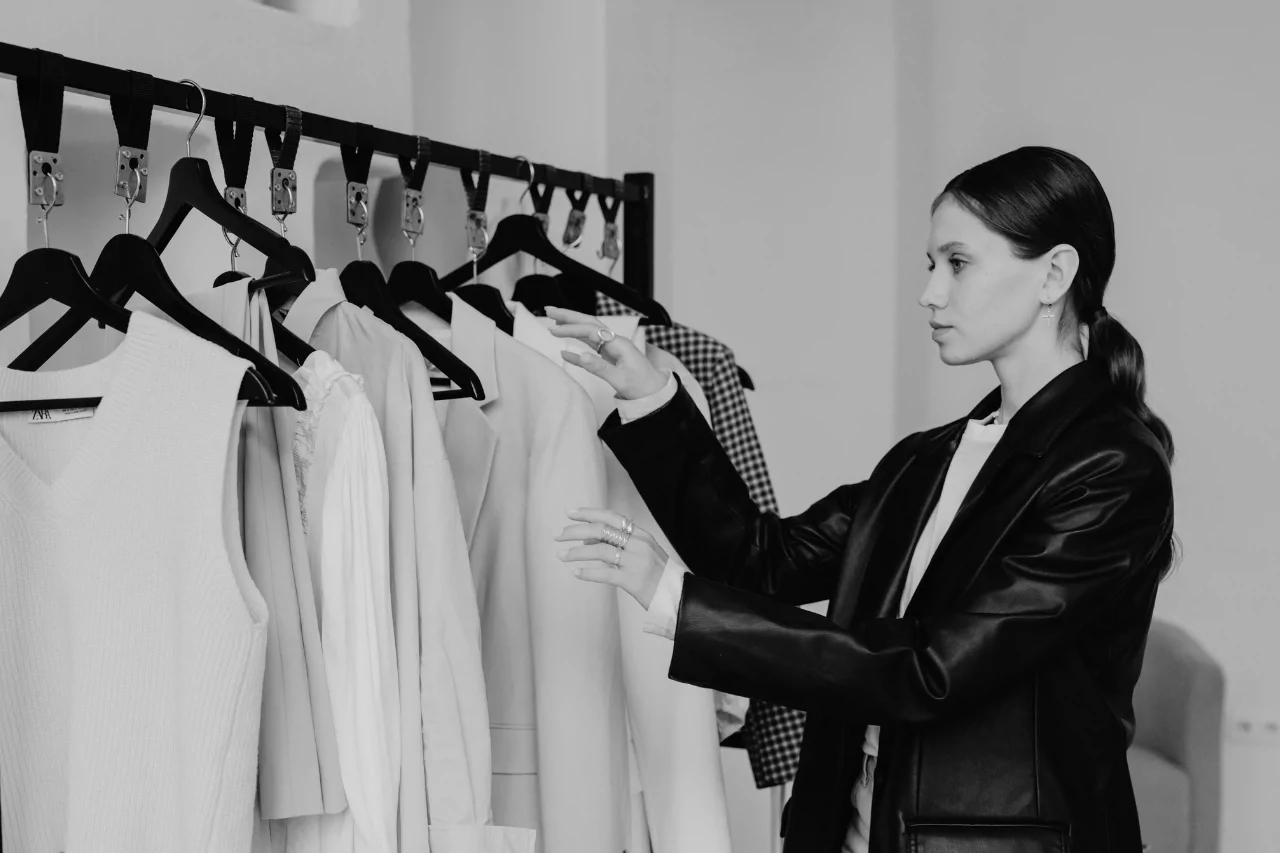
Sustainable Fashion. This term has been thrown around like confetti but what does it mean? According to Lyst´s 2020 Conscious Fashion Report: “Sustainable fashion means protecting the future of our planet and its people when we design, create and wear our clothes. Managing resource use to reduce waste and climate impacts, protecting the welfare of animals, and ensuring the safety and fair treatment of workers down the supply chain.”
Some brands have made sustainability their mission; like Patagonia who was named the UN Champion of the Earth 2019 for their environmental policies, around 70% of their products are made from recycled materials, and they give 1% of their annual sales via their non-profit to preserving and restoring natural habitats. Stella McCartney was a pioneer back in 2001 when she founded her eponymous brand, being the first vegetarian luxury brand. Customers overlooked sustainability as merely another feature, but that was not yet a trigger that would define a purchasing decision.
The Wake-up Call
In 2013, when Rana Plaza collapsed (a garment factory killing 1,135 people and injuring 2250 more) we started to realize that the cheap cost of fast fashion was made possible by the inhumane living conditions of garments workers, who can´t afford to make a living wage.
Documentaries like The True Cost spiked customer interest by exposing what happens behind the global clothing industry. In 2014 Fashion Revolution co-founders Carry Somers and Orsola de Castro created the hashtag #WhoMadeMyClothes to invite customers to question the brands they purchase from and ask for more transparency from the industry.
One-time wear
In big markets such as the USA, a piece of clothing is worn on average 7 times, sometimes even less. Rent-the-Runway made a business out of one-wear garments, you can rent an item for that special occasion at a significantly lower price, and you stop buying items you will never wear again.
Second Life
Pre-loved fashion is also having a moment, based on a circular economy when you purchase something pre-loved you are extending its life and preventing it from reaching a landfill. Based on The Thredup 2020 Resale Report, by 2024 the secondhand market is expected to hit $64B in the next 5 years, and they predict it will be bigger than fast fashion by 2029. The Real Real, Thredup, Depop, and Vestiaire Collective are some of the retailers that were smart enough to see a business in pre-owned goods. Even e-commerce brands like Asos and Farfetch now have a marketplace in their webpages.
Agents of Change
Prada introduced a sustainable line with its new regenerated nylon called ECONYL®. Tommy Hilfiger launched a WASTE NOTHING campaign, which aims to create their products with recycled materials and reduce their carbon footprint by 2030. Adidas has vouched to use 100% of recycled polyester by 2024; their recent launch of recycled plastic sneakers had a 305% increase in online store visits. Like them, many top retailers are following suit with better practices, incorporating green policies into their company's mission.
New Business Model
The younger generation of shoppers want to spend their money in brands that share their values, and brands need to showcase how sustainable and socially conscious they are if they want to survive.
Not only is sustainability important for the planet, but it´s also a great opportunity for brands to make a positive change in the way they run their business. It is not just a responsibility, but also a smart business move and, in many cases, a non-negotiable one. Re-selling, re-purposing, and introducing better practices are the only ways to keep customer loyalty while being socially responsible. Now tell me, how is your favourite brand adapting?



